Biphenyl dimethyl dicarboxylate
- CAS NO.:792-74-5
- Empirical Formula: C16H14O4
- Molecular Weight: 270.28
- MDL number: MFCD00017201
- EINECS: 212-341-4
- SAFETY DATA SHEET (SDS)
- Update Date: 2025-01-27 09:38:02
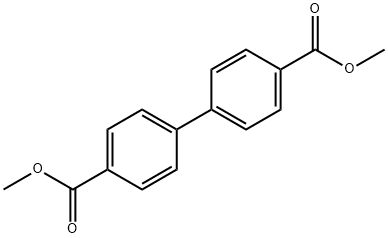
What is Biphenyl dimethyl dicarboxylate?
Chemical properties
White or cream crystalline powder
The Uses of Biphenyl dimethyl dicarboxylate
Dimethyl biphenyl-4,4'-dicarboxylate is used as a hepatoprotectant in the treatment of chronic hepatitis. At 250 μg/ml, it has been shown to stimulate JAK/STAT signaling and to induce the expression of interferon-α stimulated genes in a HepG2 cell line. It has been used to study hepatic fibrosis and chronic hepatocellular damage. It appears to normalize alanine aminotransferase (ALT) in cases where levels of ALT are elevated. It may be employed as starting reagent for the synthesis of dimethyl 2-fluoro-and 2,2?-difluorobiphenyl-4,4?-dicarboxylates.
What are the applications of Application
Dimethyl biphenyl-4,4′-dicarboxylate is used to study chronic hepatocellular damage
Synthesis Reference(s)
Tetrahedron Letters, 18, p. 4089, 1977 DOI: 10.1016/S0040-4039(01)83434-1
General Description
Dimethyl biphenyl-4,4′-dicarboxylate is a planar biphenyldicarboxylic acid ester. Crystal data of dimethyl biphenyl-4, 4′-dicarboxylate has been reported.
Properties of Biphenyl dimethyl dicarboxylate
| Melting point: | 213-215 °C (lit.) |
| Boiling point: | 373.4°C (rough estimate) |
| Density | 1.2117 (rough estimate) |
| refractive index | 1.5447 (estimate) |
| storage temp. | Sealed in dry,Room Temperature |
| solubility | Benzene (Slightly, Heated, Sonicated), Chloroform (Slightly, Heated, Sonicated) |
| form | Solid |
| color | White to Off-White |
| Water Solubility | Insoluble in water. |
| BRN | 2055852 |
| CAS DataBase Reference | 792-74-5(CAS DataBase Reference) |
| NIST Chemistry Reference | [1,1'-Biphenyl]-4,4'-dicarboxylic acid, dimethyl ester(792-74-5) |
| EPA Substance Registry System | [1,1'-Biphenyl]-4,4'-dicarboxylic acid, dimethyl ester (792-74-5) |
Safety information for Biphenyl dimethyl dicarboxylate
| Signal word | Warning |
| Pictogram(s) |
 Exclamation Mark Irritant GHS07 |
| GHS Hazard Statements |
H315:Skin corrosion/irritation H319:Serious eye damage/eye irritation H335:Specific target organ toxicity, single exposure;Respiratory tract irritation |
| Precautionary Statement Codes |
P261:Avoid breathing dust/fume/gas/mist/vapours/spray. P305+P351+P338:IF IN EYES: Rinse cautiously with water for several minutes. Remove contact lenses, if present and easy to do. Continuerinsing. |
Computed Descriptors for Biphenyl dimethyl dicarboxylate
New Products
Methyl (R)-1-Boc-4,4-difluoropyrrolidine-2-carboxylate 2,2-Difluoropropylamine hydrochloride tert-butyl 3-bromoazetidine-1-carboxylate (R)-1-Boc-3-hydroxypyrrolidine DIFLUOROACETIC ANHYDRIDE 2,2-Difluoropropionic acid Diallylamine, 99% Calcium hydroxide, 95% Aluminum oxide, basic 2-Bromophenylacetonitrile, 97% L-tert-Leucine,97% N-Hydroxy-2-methylpropanimidamide 4-(3,4-Dichlorophenyl)-3,4-Dihydro-N-Methyl-1-(2H)-Naphthalenimine (Schiff Base) 2-AMINO-3,5-DIBROMO BENZALDEHYDE [ADBA] L-Glutamic Acid Dimethyl Ester Hcl 10-Methoxy-5H-dibenz[b,f]azepine 5-Cyanophthalide N, N-Carbonyldiimidazole (CDI) Dibenzoyl Peroxide Titanium Dioxide 2-(Methylthio) Benzonitrile Sodium Acetate Anhydrous Allopurinol 1,5-DibromopentaneRelated products of tetrahydrofuran
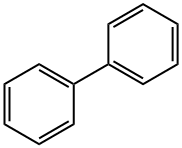
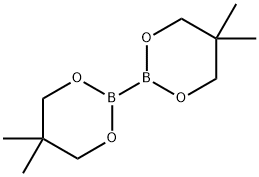
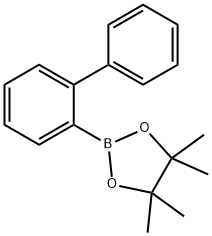
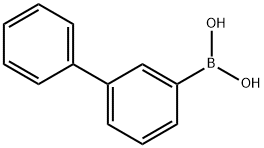

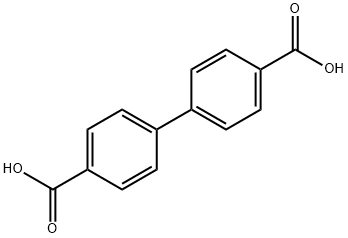
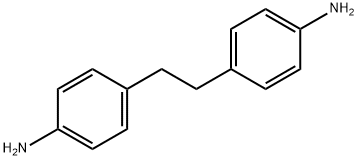

You may like
-
 792-74-5 DIMETHYL BIPHENYL-4,4'-DICARBOXYLATE 98%View Details
792-74-5 DIMETHYL BIPHENYL-4,4'-DICARBOXYLATE 98%View Details
792-74-5 -
 Dimethyl biphenyl-4,4''-dicarboxylate 99% (GC) CAS 792-74-5View Details
Dimethyl biphenyl-4,4''-dicarboxylate 99% (GC) CAS 792-74-5View Details
792-74-5 -
 Dimethyl biphenyl-4,4'-dicarboxylate 95% CAS 792-74-5View Details
Dimethyl biphenyl-4,4'-dicarboxylate 95% CAS 792-74-5View Details
792-74-5 -
 Dimethyl 4,4'-Biphenyldicarboxylate CAS 792-74-5View Details
Dimethyl 4,4'-Biphenyldicarboxylate CAS 792-74-5View Details
792-74-5 -
 Dimethyl biphenyl-4,4′-dicarboxylate CAS 792-74-5View Details
Dimethyl biphenyl-4,4′-dicarboxylate CAS 792-74-5View Details
792-74-5 -
 Ethyl-2-Chloroacetoacetate 609-15-4View Details
Ethyl-2-Chloroacetoacetate 609-15-4View Details
609-15-4 -
 609-15-4View Details
609-15-4View Details
609-15-4 -
 27143-07-3View Details
27143-07-3View Details
27143-07-3
